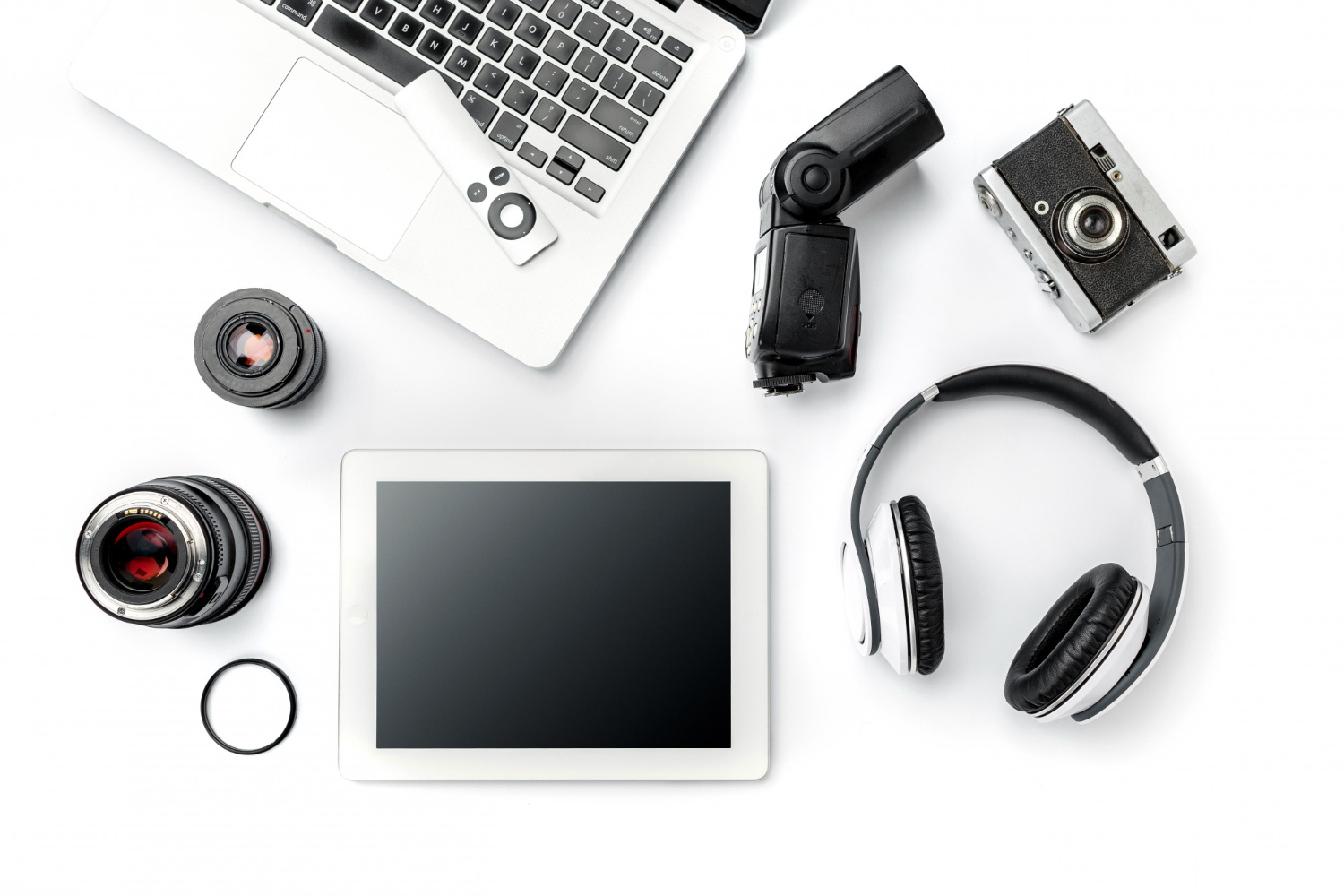Why Equipment Matters in Video Conferencing
Video conferencing has become essential for modern workplaces. It enables real-time communication, allowing teams to collaborate effectively from anywhere. However, the quality of a video conference depends heavily on the equipment used. Poor audio or video can disrupt meetings, causing frustration and delays.
Choosing the right equipment ensures smooth communication, better engagement, and higher productivity. Whether you’re hosting a small team meeting or a large conference, having reliable tools makes all the difference.
Key Features to Look For
When selecting video conferencing equipment, focus on these essential features:
-
High-Quality Video: A camera with HD or 4K resolution ensures clear visuals, even in low-light conditions.
-
Clear Audio: Microphones with noise-cancelling technology reduce background sounds, making conversations easier to follow.
-
Real-Time Capabilities: Equipment that supports instant communication keeps discussions dynamic and efficient.
-
Ease of Use: Plug-and-play devices save time and reduce technical issues during setup.
These features are vital for creating a seamless video conference experience for all participants.
Read more: 10 Advantages of Video Conferencing for Your Business
Equipment Recommendations by Meeting Size
For Personal Desks
For one-on-one meetings or small setups, compact devices like the Jabra PanaCast 20 are ideal. This camera offers 4K video quality and smart framing features, ensuring professional visuals during calls. Pair it with a high-quality headset for clear audio.
For Small Meeting Rooms
In smaller spaces, options like the Jabra PanaCast 50 provide wide-angle views and advanced audio capabilities. Integrated microphones make sure every participant hears clearly, even in small settings.
For Large Conference Rooms
Larger spaces require more robust solutions like the Logitech Rally Plus. The modular audio system and AI-driven camera tracking show everyone in the room clearly during meetings.
Read more: Real-Time Video Conferencing for Modern Communication
Benefits of High-Quality Equipment
Investing in good video conferencing equipment offers several advantages:
-
Improved Engagement: Clear visuals and audio keep participants focused and involved in discussions.
-
Enhanced Productivity: Real-time tools reduce delays and help teams make quicker decisions.
-
Cost Savings: Reliable equipment eliminates the need for frequent replacements or repairs, saving money in the long run.
These benefits make it worthwhile to prioritise quality when choosing your video conferencing tools.
Security Considerations
Security is a crucial factor when selecting video conferencing equipment. Devices should support encryption to protect sensitive information shared during meetings. Look for platforms that offer features like password-protected sessions and waiting rooms to control access.
By choosing secure equipment, organisations can ensure safe communication without compromising on convenience or functionality.
Read more: Secure Video Conferencing and Encryption is the Future
Supporting Hybrid Work Environments
The rise of hybrid work models has increased the demand for flexible video conferencing solutions. Employees working from home need portable devices that deliver professional-quality performance. Meanwhile, office setups require systems that integrate seamlessly with existing infrastructure.
Equipment like portable cameras and wireless microphones cater to both needs, ensuring consistency across different work environments.
Long-Term Benefits of Investing in Quality Tools
High-quality video conferencing equipment is not just an expense—it’s an investment in long-term success. Reliable tools improve team collaboration, enhance client relationships, and support business growth by enabling effective communication.
With the right setup, organisations can adapt to changing work trends while maintaining high levels of productivity and engagement.
Choosing the best equipment for your video conferencing needs ensures smooth communication and better outcomes for every meeting!
Ensuring Compatibility Across Devices
When choosing video conferencing equipment, compatibility is key. The tools must work seamlessly with different devices, including laptops, desktops, and mobile phones. This ensures that team members can join meetings without technical issues.
Modern equipment often supports multiple operating systems, such as Windows, macOS, and Android. This flexibility allows organisations to cater to diverse setups across their workforce. For example, users can connect a portable camera via USB to any device without complex installations
Importance of Reliable Internet
Even the best equipment won’t perform well without a stable internet connection. Video conferencing relies on consistent bandwidth to deliver clear audio and video in real time. Organisations should prioritise upgrading their networks to support high-quality calls.
Using wired connections instead of Wi-Fi can improve reliability during important meetings. Additionally, equipment with bandwidth optimisation features ensures smooth communication even in low-speed scenarios.
Supporting Accessibility in Meetings
Accessibility is an essential consideration for video conferencing setups. Equipment should include features like live captions or adjustable audio settings to accommodate participants with hearing or visual impairments.
A USB-connected portable camera works on any device without needing complex installations. These tools make virtual meetings inclusive and effective for all participants.
Investing in adaptable and accessible equipment ensures better communication and collaboration for diverse teams!
Continue reading: Inclusive Video Conferencing: Accessibility Features for All
Image credits: Freepik
